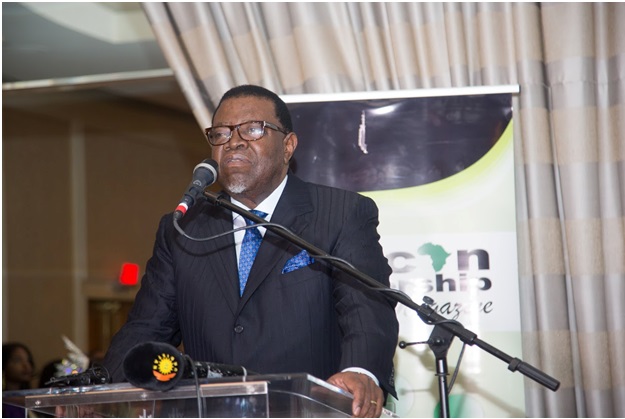The southern African nation of Botswana has defied the global economic downturn of the 2007-2009 great recession. Instead, it exemplifies the recent transition of economic growth in favor of low-income countries as it jumped from recording one of the world’s lowest per capita income figures of $70 to a middle-income level category of $16,300 within a few decades.
Botswana is leaning towards becoming the Singapore or Hong Kong of southern Africa. More importantly, Botswana’s progression of economic growthmanship has become the envy of its neighbors, as well as a source of inspiration, which they should consider emulating.
What factors explain this impressive performance in the 46 years since independence from Great Britain? First and foremost, countries have been converging rapidly due to two core influences: declining fertility rates (2.46 in 2012), and the rapid transfer and adoption of technology. Additionally, in order for economic convergence to ensue, the annual growth rate of productivity between the less developed and developed countries must be in favor of the lower income nation. Botswana’s striking performance stands out not only in Sub-Saharan Africa, but on a global platform as well.
Botswana’s 2010 per capita GDP (PPP) of $16,100 and classification as an “upper middle income” economy since 1989 are certainly out of the ordinary compared to many of their struggling Sub-Saharan neighbors, namely Zambia, Zimbabwe and Namibia. The population growth rates have remained in check over the years, currently growing by a negligible 1.48 percent annually, thereby granting its lean population of only two million a larger slice of the growing GDP pie and a fairly good quality of life. Botswana’s standard of living is currently comparable to such countries as Turkey and Mexico.
The discovery of diamonds in 1972 and the mining production that followed created an opportunity for Botswana to support the robust economic and industrial drive of diamond commerce throughout the latter part of the 20th century. According to the CIA World Factbook, diamond activities contribute to 38 percent of national GDP, generate nearly 80 percent of export income and 50 percent of government revenue (CIA World Factbook). Botswana is now in the process of thinking ahead and addressing the next phase that willtransform and expand their economy throughout the 21st century; a shift that is guided very much by fairly recent access to technology, communication capabilities and globalization. Eco-tourism, financial and support services, outsourced business process ventures and manufacturing, along with mining and exporting coal are all promising areas of growth.
According to the global corruption watchdog Transparency International, Botswana scored 6.1 (0=highly corrupt, 10=least corrupt) on the 2011 CPI (Corruption Perception Index), ultimately ranking them the least corrupt nation of all 54 African countries, and a noteworthy 32nd place from the top in a worldwide comparison. Is this an African success story? In many ways it is. Botswana’s distribution objectives include free basic and post-secondary education, zero-cost healthcare and land plots for residence and farming purposes.
Several major firms and international headquarters, including Tiffany & Co. subsidiary Laurelton Diamonds, HJ Heinz, Hewlett-Packard, Barclays Bank and South African Development Community (SADC), have chosen to operate in the nations capital of Gaborone. Botswana is undoubtedly in an opportune position to become a global economic center as De Beers Diamond Trading Company headquarters relocates from London to Gaborone in late 2013. The enormous and historical move is sure to bring with it increased diamond ventures and trade, international travellers, tourism and an ensuing chain of business opportunities to Gaborone. Both Moody’s and S&P have rated Botswana as a noteworthy investment opportunity in the developing world.
Nake M. Kamrany is professor of economics at the University of Southern California and Director of Program in Law and Economics. Jennifer Gray is an Associate at the Global Income Convergence Research Group in Los Angeles, and recipient of a 2012 University of Southern California Provost Research Fellowship. She recently returned from a field research trip to Botswana.
credit – huffingtonpost.com



